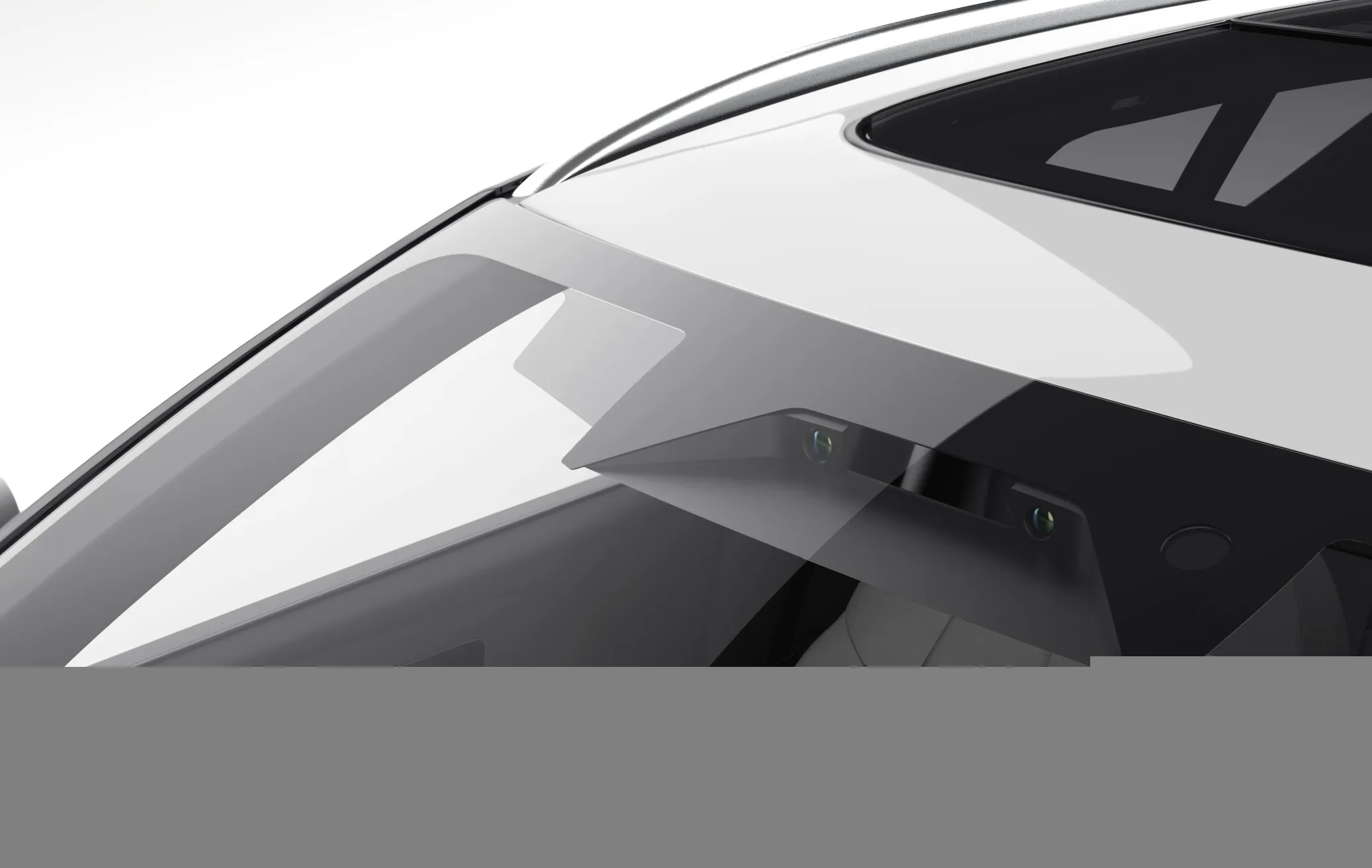German manufacturer, Innosent has been developing, producing and marketing radar sensors for well over a decade.
By using electromagnetic waves, the technology detects the distance, speed and angle of moving or stationery vehicles. Innosent is focused on the development of customised solutions for its national and international B2B customers.
October 10, 2016
Read time: 1 min

German manufacturer, Innosent has been developing, producing and marketing radar sensors for well over a decade.
By using electromagnetic waves, the technology detects the distance, speed and angle of moving or stationery vehicles. Innosent is focused on the development of customised solutions for its national and international B2B customers.
By using electromagnetic waves, the technology detects the distance, speed and angle of moving or stationery vehicles. Innosent is focused on the development of customised solutions for its national and international B2B customers.








